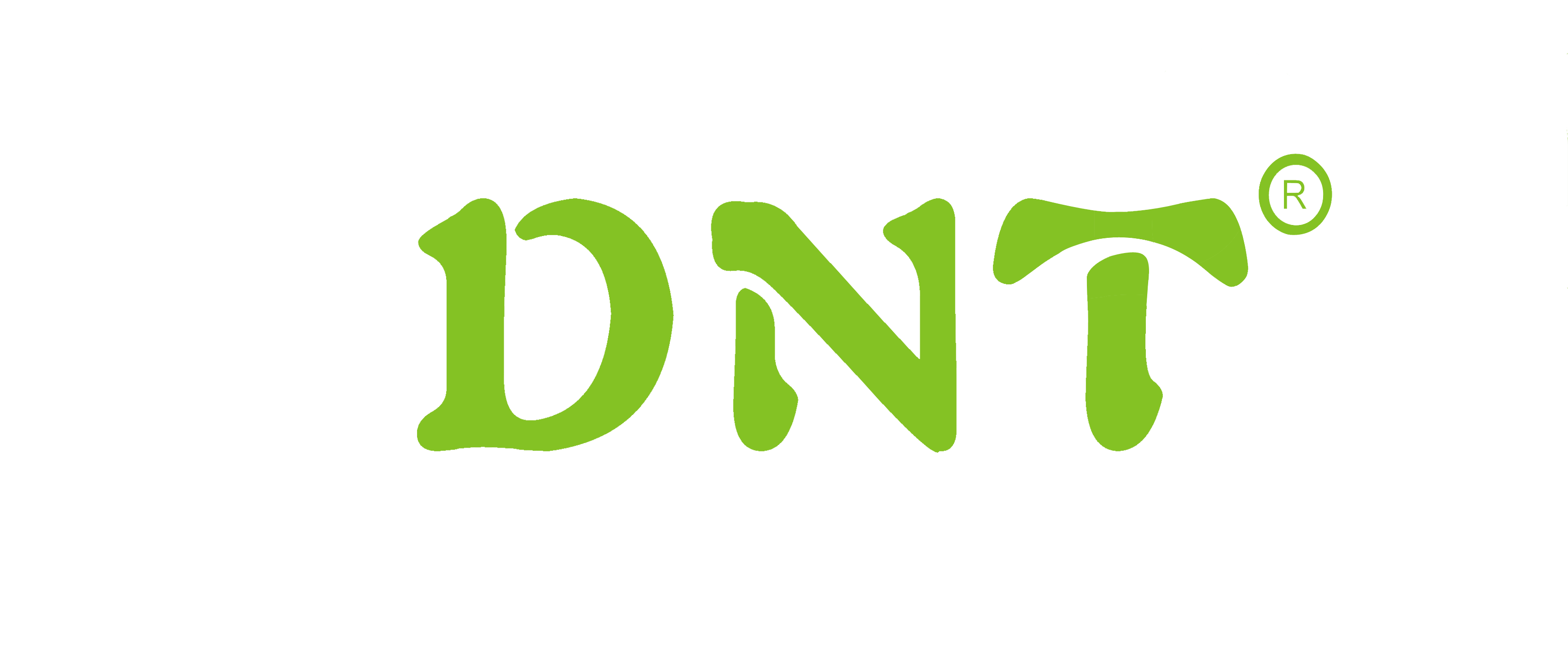What Is a Ball Joint Separator — Basics & How It Works
What Is a Ball Joint Separator — Basics & How It Works
In vehicle suspension systems, the ball joint is a critical connection point that links the control arm (or tie rod) to the steering knuckle. Over time — due to wear, rust, or regular maintenance — you may need to remove and replace ball joints. But because the ball joint stud is tapered and tightly pressed into the knuckle, simply pulling or banging with a hammer is risky: it can damage the dust boot, deform the knuckle, or even injure the technician.
This is where a ball joint separator becomes essential. Designed specifically to remove ball joints or tie-rod ends safely, it ensures clean separation with minimal damage — a basic yet vital tool in any quality workshop.
Below, we explore what a ball joint separator is, how it works, why it’s preferred over crude methods, and what makes a “good” separator — especially when made by a professional-grade manufacturer like DNT Tools.
1. What Is a Ball Joint Separator?
A ball joint separator is a specialized mechanical tool engineered to disconnect a ball joint stud from the steering knuckle in a controlled and safe manner. It is one of several ball-joint removal tools. According to a resource summarizing common removal tools, the main options include a hammer (for simple shock or newer joints), a pick-fork (“pickle fork”), a claw-type press, and the ball joint separator.
Unlike a pickle fork — which wedges between knuckle and control arm and often destroys the dust boot — a separator is designed to apply uniform compressive force to “push” the stud out of taper, while minimizing damage to the boot.
Typically the separator has a fork-style or scissor-style body, with a screw or bolt that, when tightened, exerts a controlled prying force to separate the joint.
2. How a Ball Joint Separator Works — Step by Step
Using a ball joint separator properly follows a simple but precise process:
-
Preparation — Raise and securely support the vehicle. Remove the wheel and loosen the ball joint castle-nut and cotter pin. Ensure the suspension is unloaded and components are accessible.
-
Positioning the Separator — Slip the separator’s “fingers” or “fork” around the ball joint stud and the steering knuckle/spindle (or tie-rod, control arm, depending on setup). The separator’s arms should grip solid metal — not rubber boots or flexible components.
-
Applying Controlled Force — Gradually tighten the separator’s central screw/bolt. This exerts steady, uniform force that pushes the tapered stud out of the knuckle. Some mechanics give a few light taps with a hammer on the knuckle (not on the stud) to help break rust or corrosion bonds — but the separator does the bulk of the job.
-
Safe Removal — Once the stud is dislodged, remove the separator, extract the ball joint, and clean the knuckle for inspection or replacement.
-
Avoid Boot or Part Damage — Unlike pickle-fork methods, a quality separator preserves rubber boots and avoids deformation, allowing for re-use or reuse of parts if desired.
3. Why Use a Ball Joint Separator — Advantages vs Traditional Methods
Using a ball joint separator offers several significant advantages compared to older or improvised removal methods:
-
Safety: The controlled force reduces risk of sudden component release or tool slip — protecting both the technician and surrounding parts.
-
Preservation of Components: Rubber dust boots, control arms, knuckles, and tie-rods are less likely to be damaged compared to hammer + wedge or pickle-fork methods.
-
Efficiency: Removing ball joints becomes faster and less physically demanding, especially on rusted or old suspensions.
-
Reusability: If the original parts are still in good condition (e.g. dust boot intact), they can be retained; a separator avoids destroying parts unnecessarily.
-
Versatility: A good separator works for upper or lower ball joints, tie-rod ends, and various suspension configurations — a “must-have” in a professional tool kit. As one recent overview of ball joint tools puts it, “a scissor-style separator is a handy tool to keep around” as modern vehicles pack more components into tighter spaces.
4. Why Quality Matters — The Difference with DNT Tools Separator
Not all ball joint separators are equal. Cheap separators or improvised tools are often under-engineered — with thin metal, weak threads, poor alignment, or inadequate grip — leading to dangerous slippage or part damage.
That’s where a professional-grade separator from DNT Tools makes a difference:
-
Forged, heat-treated steel body — for high strength and durability under repeated use.
-
Precision-machined screw threads and jaws — ensure even, controlled force without twisting or misalignment.
-
Wide jaw / fork opening and adjustable arms — fit different ball-joint sizes and accommodate both tie-rod ends and control-arm joints.
-
Rust-resistant finish and robust construction — suitable for heavy-duty workshop use or harsh environments.
-
Global support and parts availability — with DNT Tools’ distributor network, replacements and maintenance parts are accessible, ensuring longevity of the tool.
For professional workshops or serious DIYers who value reliability, safety, and efficiency — investing in a high-quality separator from a reputable tool manufacturer like DNT Tools pays off in both performance and longevity.
5. When a Ball Joint Separator Is the Right Tool — and When It Isn’t
While separators are highly useful, they aren’t always ideal. Based on industry guidance:
-
If the ball joint is severely rusted or seized, even a separator may struggle — in which case a ball joint press tool or hydraulic press might be more effective.
-
If the design or space around the joint is extremely tight (very narrow knuckle cavities), some separators simply won’t fit — requiring alternative removal methods.
-
If the goal is to reuse the original joint and boot, always avoid “pickle-fork” methods that cut/rip the boot. A separator — ideally of good quality — is recommended.
In short, a ball joint separator is often “the right tool for the job,” but only if the tool is designed properly and used correctly.
6. Conclusion — The Essential Tool Every Workshop Needs
A ball joint separator is a fundamental tool for any automotive workshop, whether handling routine maintenance, suspension overhauls, or restoring older vehicles. With the right separator — such as those from DNT Tools — mechanics and DIYers alike can: perform safe, efficient ball-joint removals; preserve reusable parts; and reduce the risk of damage or injury.
If you’re building or upgrading your tool kit, choosing a quality separator should be a top priority. Pair it with proper technique, safety gear, and maintenance — and you have the foundation for reliable, repeatable suspension work that stands up to professional standards.



